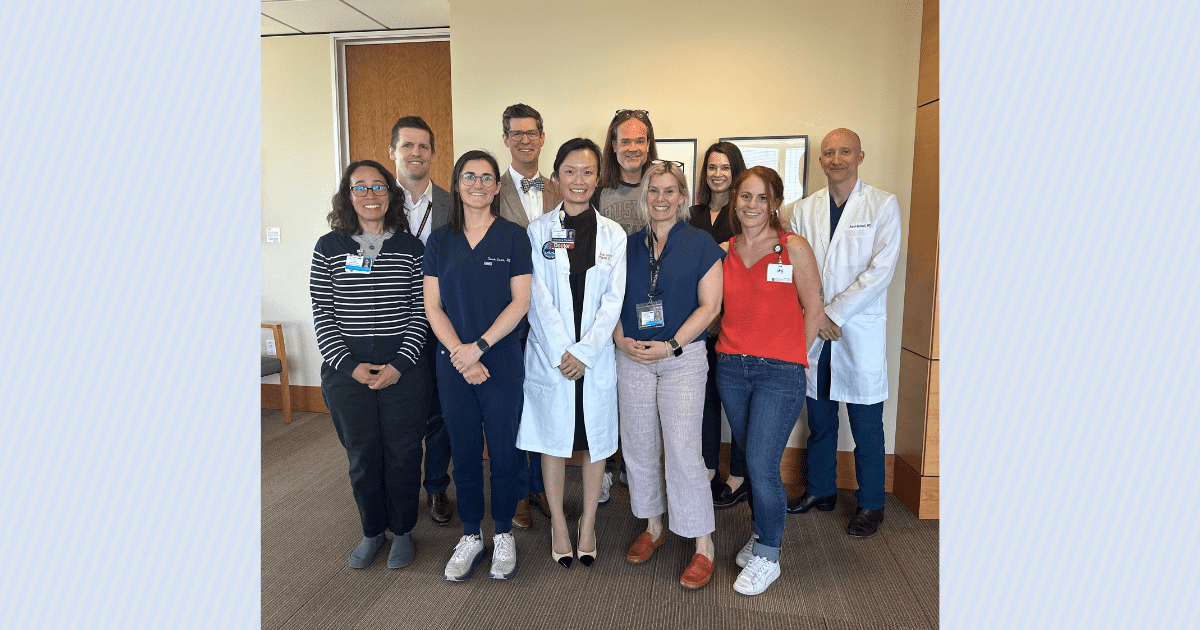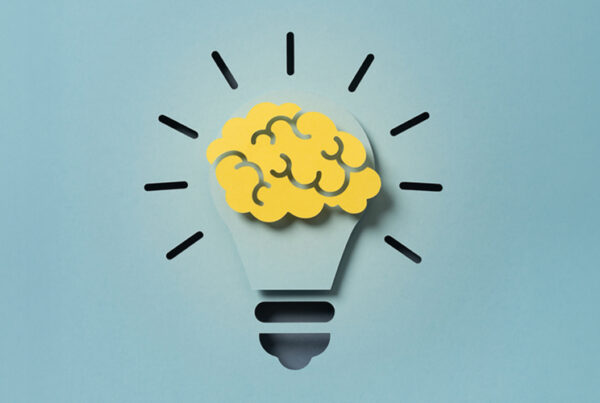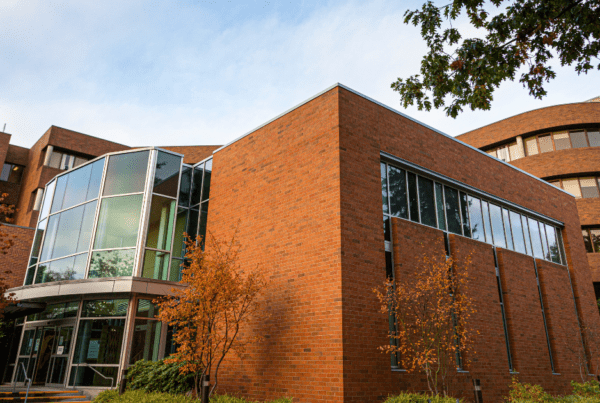Highlights | New clinic optimizes peripheral nerve injury care
- A new clinic at Harborview Medical Center gives hope to people with peripheral nerve injuries.
- Yusha Katie Liu, MD, PhD, was inspired to create this new clinic during her plastic and reconstructive surgery residency at UW Medicine.
- UW Medicine is a leader in caring for people with peripheral nerve injuries throughout the Washington, Wyoming, Alaska, Montana and Idaho (WWAMI) region.
Many peripheral nerve injuries — damage to nerves outside the brain or spinal cord — occur during a traumatic injury or accident. Caring for damaged nerves can take a back seat to other immediate and life-threatening conditions.
Yusha Katie Liu, MD, PhD, a hand and reconstructive plastic surgeon at UW Medicine, says there’s a narrow window for successfully treating peripheral nerve injuries.
“One of the biggest misconceptions is that nerve injuries get better on their own,” Liu says. “That’s not always true. Some nerve injuries need specialized care including surgery. If that care isn’t delivered at the right time, there may be nothing we can do to repair the damage.”
Patients with nerve injuries may have muscle weakness or be completely unable to move a limb. Some types of injuries may recover with time, but severed nerves that no longer reach muscles to trigger proper function frequently need surgical treatment. Highly specialized studies, like MRI, ultrasound, and nerve conduction studies, can help tell which will get better on their own and which may require surgery.
In an ideal world, Liu says, people with peripheral nerve injuries would have a consultation within weeks of injury and, if surgery is needed, within 4-6 months of injury. To help patients within that optimal care window, Liu launched and now leads the Northwest Institute for Nerve Injury at Harborview Medical Center.
Inspiration to reality
Liu’s inspiration for the nerve injury clinic came during her plastic surgery residency at UW Medicine.
“We see such complex cases here, and I knew we had an opportunity to better coordinate and streamline care for people with peripheral nerve injuries,” Liu says.
Her vision included a team of doctors and therapists across multiple disciplines meeting to discuss each case. Patients have their diagnostic studies performed at UW Medicine by this team of experts, then have an all-in-one visit with numerous providers — a time-saver, especially for patients traveling hours for care.
To make her vision of a new treatment model for nerve injuries a reality, she pulled together her dream team, which includes another plastic surgeon, a neurosurgeon, radiologists, rehabilitation medicine physicians, a rehabilitation psychologist, and hand and physical therapists. This multidisciplinary team at the weekly clinic provides the right level of care at the right time to maximize nerve function restoration.
Sought-after care
The team’s interdisciplinary expertise brings in patients from across the Washington, Wyoming, Alaska, Montana and Idaho (WWAMI) region.
Liu and her team see many patients for nerve grafting — surgically adding a new harvested nerve segment to bridge across an injured nerve segment — and nerve transfer — surgically rewiring a healthy nerve to the end of a damaged nerve to restore function — procedures after injuries or accidents. After surgery, nerves grow very slowly (about one inch per month). The multidisciplinary team supports every patient through the full spectrum of care, from diagnosis to surgery to rehabilitation.
The Northwest Institute for Nerve Injury at Harborview Medical Center also sees many peripheral nerve problems unrelated to traumatic injuries. Patients with weakness or numbness after other procedures, such as spine or orthopedic surgeries, may have nerve injuries requiring additional treatment. Nerve compression syndromes that cause pain or numbness in the upper and lower extremities are also common, including conditions like foot drop, cubital tunnel syndrome, and Parsonage-Turner syndrome. The team also treats painful neuromas after limb amputation, which are irritated nerves impacting someone’s ability to wear a prosthesis.
Liu isn’t stopping there though; she’s working on research that will also push the field forward.
Rehabilitation and regeneration research
Liu and Aaron Bunnell, MD, associate professor in the Department of Rehabilitation Medicine, have worked together over the past few years to develop a novel biofeedback device and gaming app to enhance rehabilitation. The app relies on a small sensor placed on the skin. The sensor detects even the smallest electrical activity within the muscle below — activity the patient may not sense or feel. The goal is to show players, via activity on a screen, that they can fire their muscles, even if they can’t feel or see the muscle firing. Liu hopes that this biofeedback encourages earlier and continued rehabilitation during a time that can be frustrating for people with nerve injuries.
“There’s even more to discover and translate into therapies for patients,” Liu says. “I want to know how we can make nerves grow faster and enhance muscle recovery after nerve injuries.”
Liu is tackling these problems in her basic science laboratory at the UW Institute for Stem Cell & Regenerative Medicine (ISCRM).
It’s the next step in Liu’s vision for improving outcomes for patients with peripheral nerve injuries.



